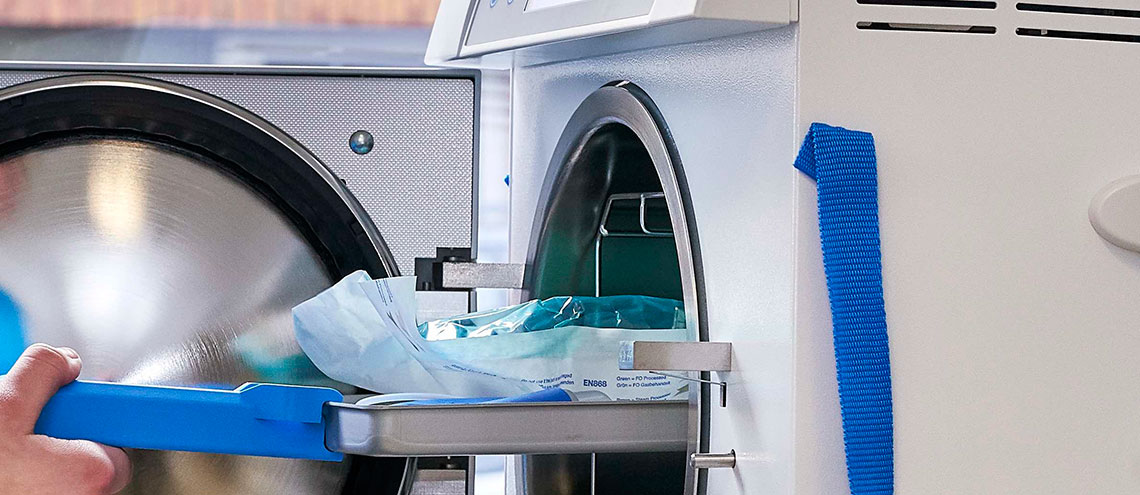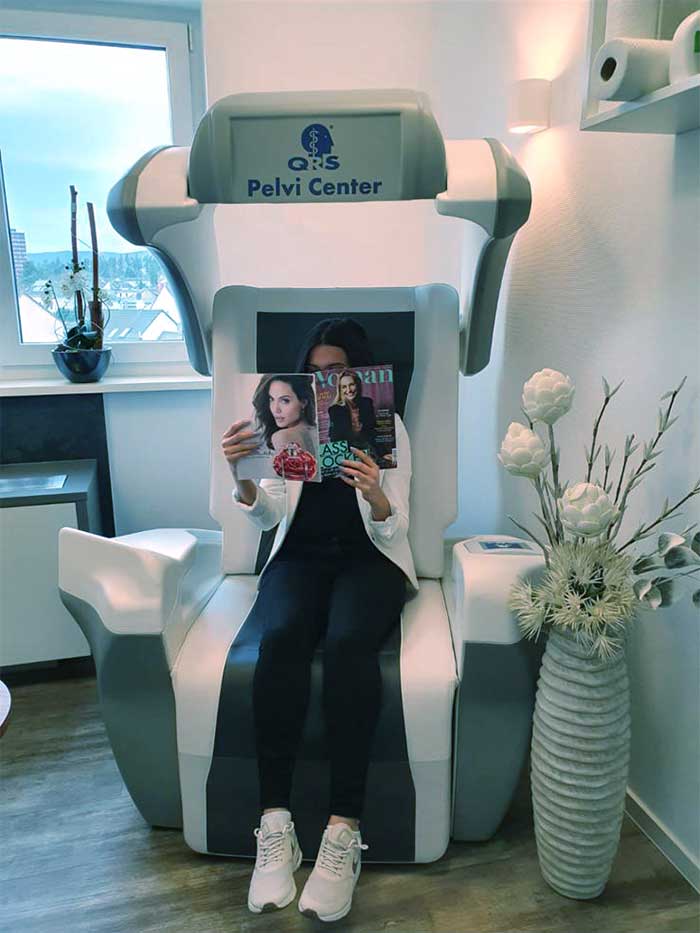Urolift® for benign
prostatic hyperplasia
BPH
Benign prostatic hyperplasia, or BPH, is a condition in which the prostate gland enlarges. It occurs frequently in men with increasing age. More than 40% of men in their 50s and over 70% of men in their 60s are affected by BPH (1). Although BPH is a benign condition and has nothing to do with prostate cancer, it can have a significant impact on a patient's quality of life.
1. Berry, S.J., et al., J Urology 1984; 2018 US Census Bureau International Data Base
WHAT IS PROSTATE ENLARGEMENT?
The prostate is a walnut-sized male reproductive gland that produces fluid for semen. The prostate surrounds the urethra, which is the tube that carries urine from the bladder out of the body. The enlarged prostate presses on the urethra and narrows it, causing unpleasant urinary symptoms.
BPH SYMPTOMS INCLUDE:
- frequent urination both during the day and at night
- weak urine stream or slow urination
- the feeling of not being able to empty the bladder completely
- difficulty or delay in starting to urinate
- strong urge to urinate
- interrupted urine stream
WHAT IS THE UROLIFT® SYSTEM?
BPH treatment with the UroLift® system is an approach in which the enlarged prostate tissue is lifted and held to one side so that it no longer blocks the urethra. It does not require any incisions, heating or removal of prostate tissue.
ADVANTAGES OF THE UROLIFT® SYSTEM
✓ Rapid symptom relief, better than reported with drugs (1)
✓ Risk profile better than reported for surgical procedures such as TURP (2)
✓ Preservation of sexual function*(1) ,(4)
✓ Resumption of normal activities within days rather than months (2),(3)
✓ Better quality of life
✓ No need for long-term treatment with BPH medications
* No new-onset, persistent erectile or ejaculatory dysfunction
1. Roehrborn, J Urology 2013 LIFT Study, 2003 AUA Guidelines
2. Sonksen EU Urol 2015 BPH6 Study
3. Roerhborn et al. Can J Urol 2017 5-Year LIFT Study
4. McVary, J Sex Med 2014



 We are member of the network
We are member of the network